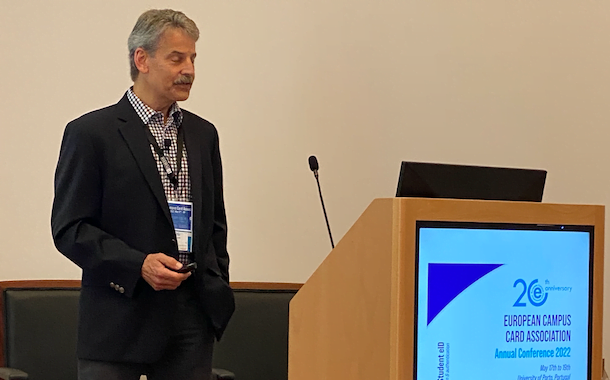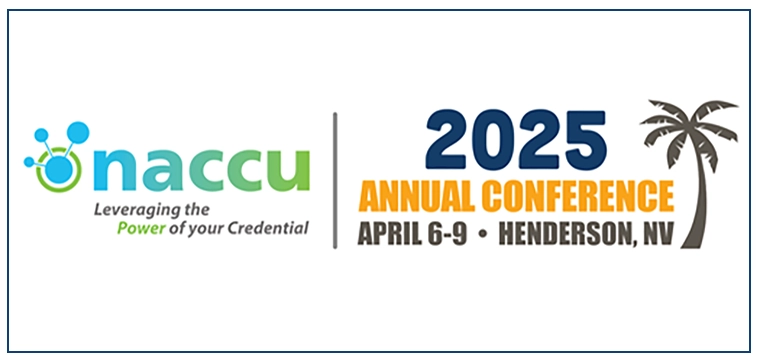
With its trains, widespread contactless payments and often sophisticated digital ID programs, much of Europe — deserved or not — has the reputation of being ahead of the United States when it comes to some technology.
But that doesn’t always hold true for campus ID cards, according to David Stallsmith, director of product management for ColorID, a U.S.-based provider of identity components and solutions.
Stallsmith recently talked with CampusIDNews about his experiences at the European Campus Card Association’s 2022 conference at the University of Porto in Portugal, held in May.
He says that ColorID has supported the ECCA since its inception 20 years ago, and the conference provided him with an up-close look at campus ID efforts in Europe.
“The campus card environment in the EU is really different because the schools are different,” he says, noting that European campuses typically don’t have the same volume of residential students. Not only that, “many of them do not have complete one-card systems like U.S. campuses. When you look at U.S. campuses, they took like Sandals resorts (in comparison).”
But, he notes, the campus ID situation in Europe does seem to be changing.
As reported by CampusIDNews, the ECCA is leading a push to develop a cross-border digital student ID that would let holders perform tasks such as course registration, access control, and secure payments. If successful, a single ID would allow students to move between institutions and even countries, as is often done in the EU. The goal is to have the digital ID program operating by 2025, though significant legal and logistical hurdles remain.
One estimate puts the number of “officially recognized higher education institutions in Europe” at nearly 2,800, a number that gives a sense of the scale of the campus ID challenge there. By comparison, the U.S. Department of Education counts about 4,000 colleges and universities in the United States.
“You would use the same card to take classes, and (use cards) for all transcripts,” he says about that ECCA effort. “Funding would also transfer.”
Talk about that campus ID idea stood as one of the main topics of discussion at the ECCA conference in Portugal, Stallsmith says, adding that about 30 to 40 schools sent representatives to the event. But that wasn’t the only idea that gained the attention of attendees.
The first day featured sessions where EU representatives talked about how to make cards interoperable, green, and sustainable, he says.
In summary, Stallsmith says his experience at the ECCA conference was extremely positive.
“We are building an international footprint,” he says. “We have customers in many countries outside the U.S., but it can be a challenge doing business across borders given such hurdles as taxes, shipping and hardware. With our software-related products, however, we can get more done across borders.”




